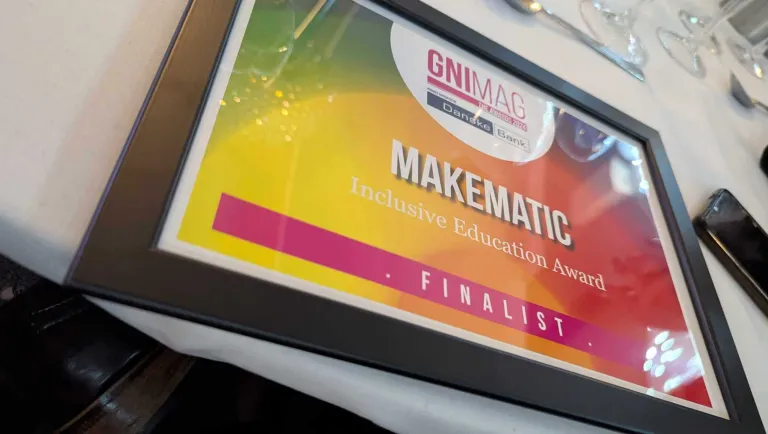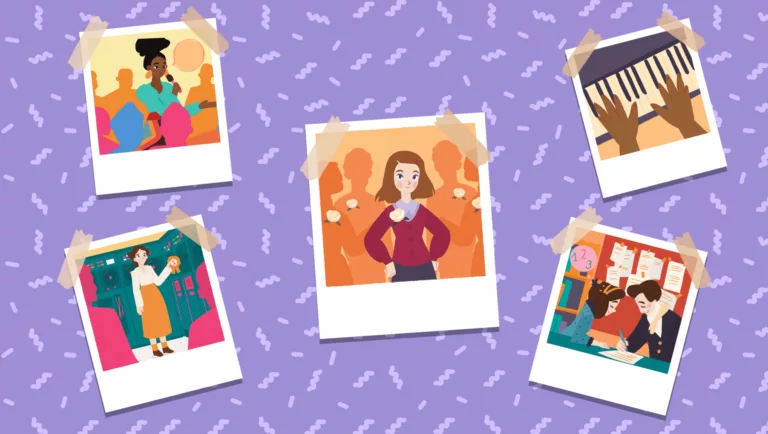
2021 – A Review of Video Content in Numbers
It’s almost impossible today to open our social media pages, or view a newspaper article, read a report, or take a course without encountering short-form video content. It is an ideal medium for passing a lot of information quickly and succinctly and it allows us to decide whether we want to deep-dive a particular post, an article, or a subject area in more detail.
Our experience at Makematic this year is that growth in the use of video content in an educational setting is becoming exponential. Brands, publishers, EdTech firms, and non-profits alike are switching on quickly to the fact that video content improves overall retainment of knowledge as well as appealing to our preference for visual stimulus.
Numerous commercial studies abound, which resoundingly say that humans are visual creatures, mainly due to the way that our brains process information. A study in this area as long ago as 1986 carried out by researchers at the University of Minnesota found that respondents retained a huge amount more information when colour visuals were added to any presentation.
More recently, Bobek and Tversky (2016) in Springer Nature’s Journal of Cognitive Research: Principles and Implications strongly suggest that the addition of visual stimulus in any situation where learning is involved, improves the overall outcome of attainment whilst also stimulating and improving for example spatial awareness.
So, what do the numbers look like? What does the data tell us about how short-form video content is transforming our lives?
According to Statista, kids-themed channels carry the most subscriptions on YouTube with ChuChu TV Nursery Rhymes carrying the greatest number of subscriptions (>52 million). When thinking about this, it has massive implications for education as those children are all either going to be joining pre-school classes or will already be in a formalised learning environment, where books and whiteboards are still very much the order of the day.
For those marketing new products and services, Hootsuite has some astounding discoveries this year. YouTube is fast closing in on Facebook with 2 billion logged in monthly users to Facebook’s 2.74 billion. That means that one quarter of our global population now views YouTube and its reliance on short-form mixed-media videos as a primary staple of consumption, which certainly is in line with our household where my 4-year-old and 7-year-old sons view YouTube Kids as the most important media source with which they interact on a daily basis.
When looking at the US market, 74% of adults interact regularly with YouTube and 77% of 15-35-year-olds, which means that if you’re targeting anyone under the age of 35 in the USA, video must form a central part of any product offering. If it doesn’t and you don’t, then you’ll be missing the mark and someone else will steal your market. This is most evident in the way that EdTech firms are now fast encroaching on the space that previously belonged to traditional education publishers.
According to Alexa Internet Stats, the top 3 countries for YouTube traffic are the USA (16.4%) followed by India (9.2%) and Japan (4.8%).
Around the world, a billion hours of video content are being viewed on YouTube every day with 40.9% of that being watched on mobile devices. All of this adds up to the fact that YouTube will pull in around $5.5 billion dollars in advertising revenue from the US market alone this year which is a staggering statistic.
All this leads in one direction. Anyone involved in education must accept the fact that short-form video content is here to stay and will continue to become the dominant medium over the coming years. Curious as to what the top tools for learning are in 2021? Check out this blog.
We’ve reached a point where there are 6.378 billion smartphone users globally, which when adding the statistics for feature phones too rises to 7.101 billion users. That means in theory, 89.76% of the world’s population has access to the internet and of course video content.
As we move into 2022, video must become a central component of the strategy of any business looking to monetise content. Dive in or lose out.
To learn about how you can harness the power of video in education, come and join our community – Video Supercharged Learning. You will find tips and tricks on how to use video to engage, motivate and supercharge learning. We will be running exclusive webinars for our community members, and we’ll share invaluable resources helping everyone unlock this powerful and thought-provoking medium. Don’t miss out!


